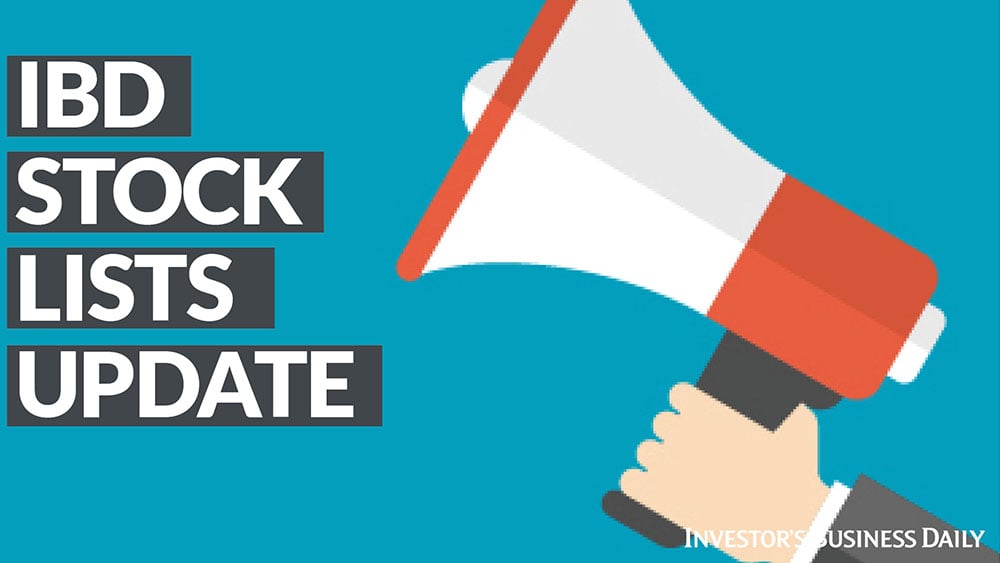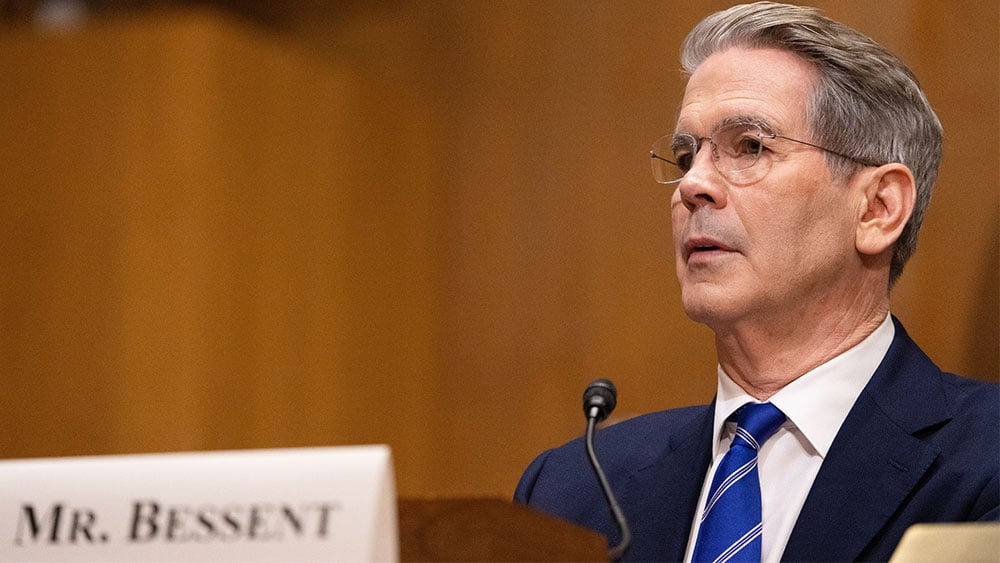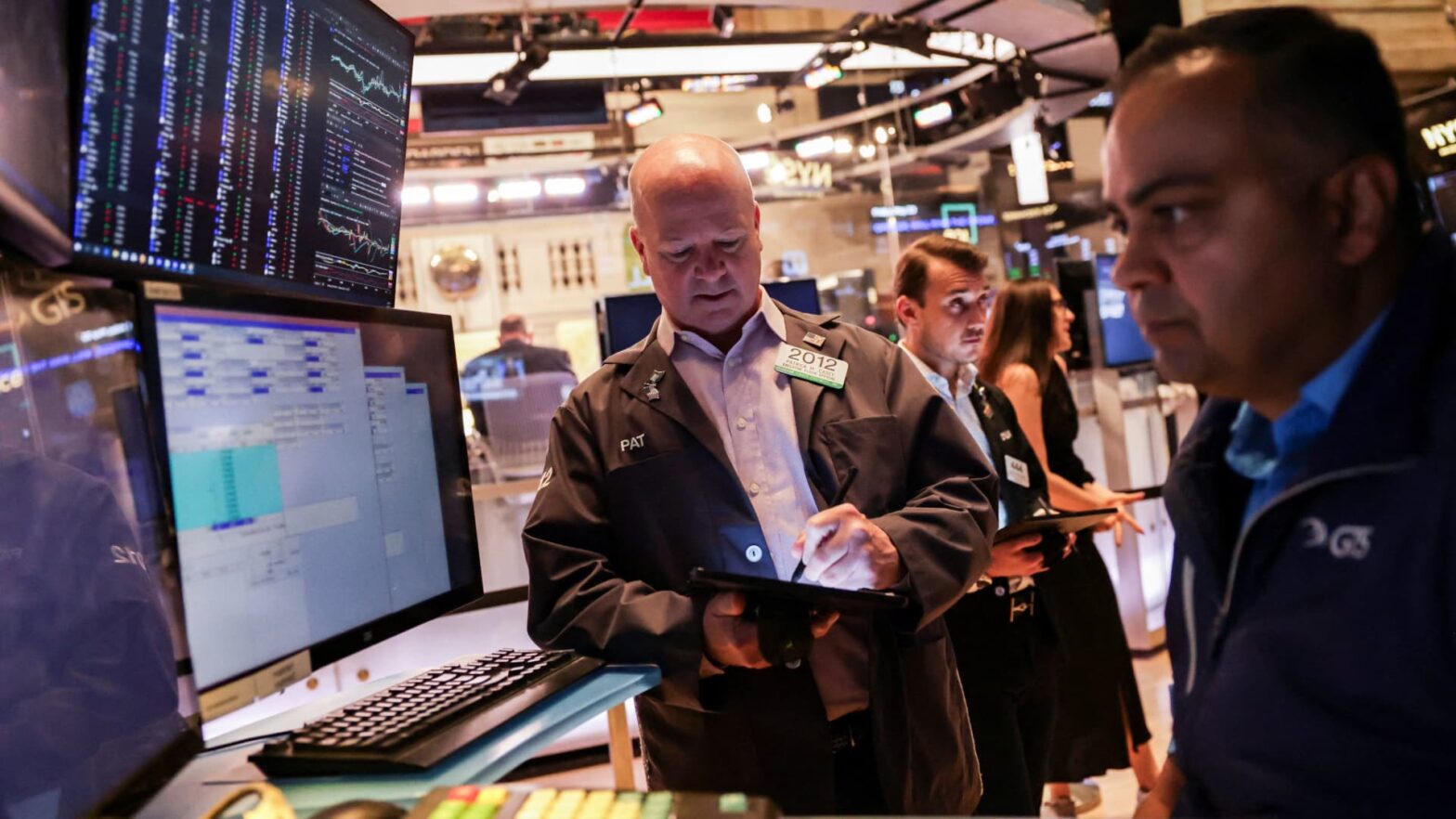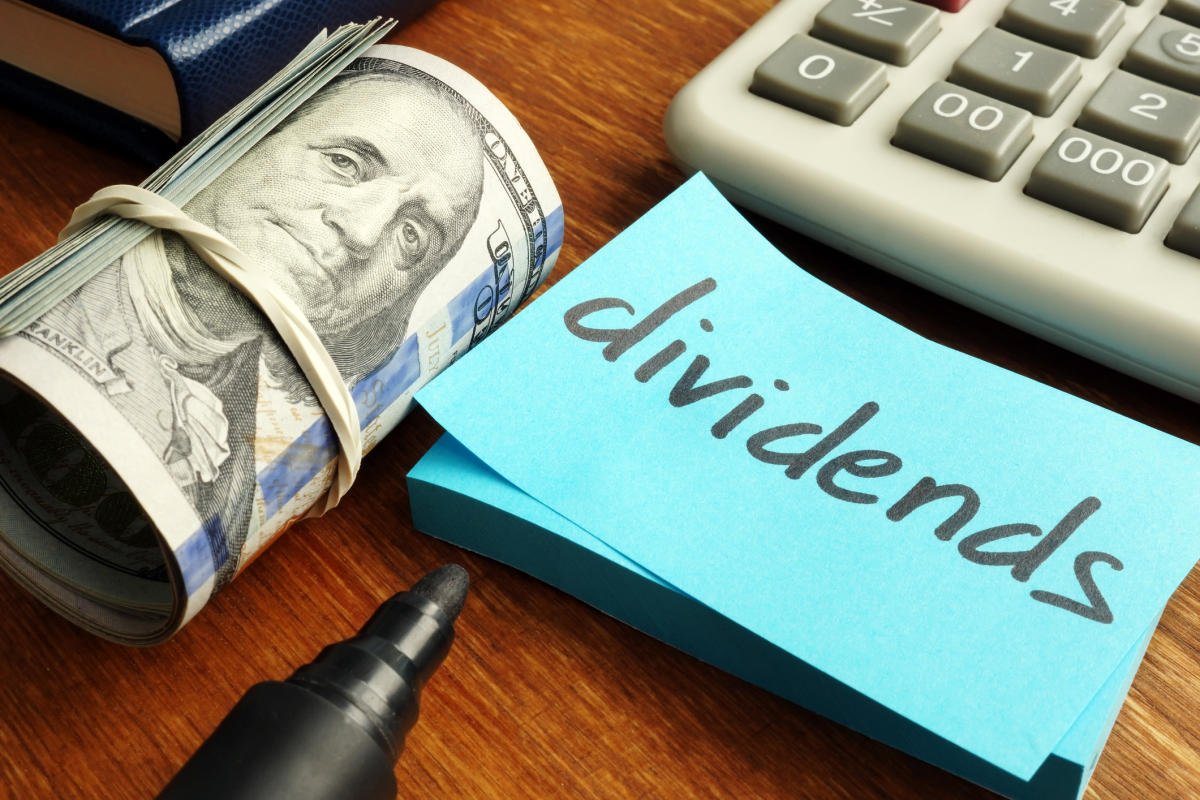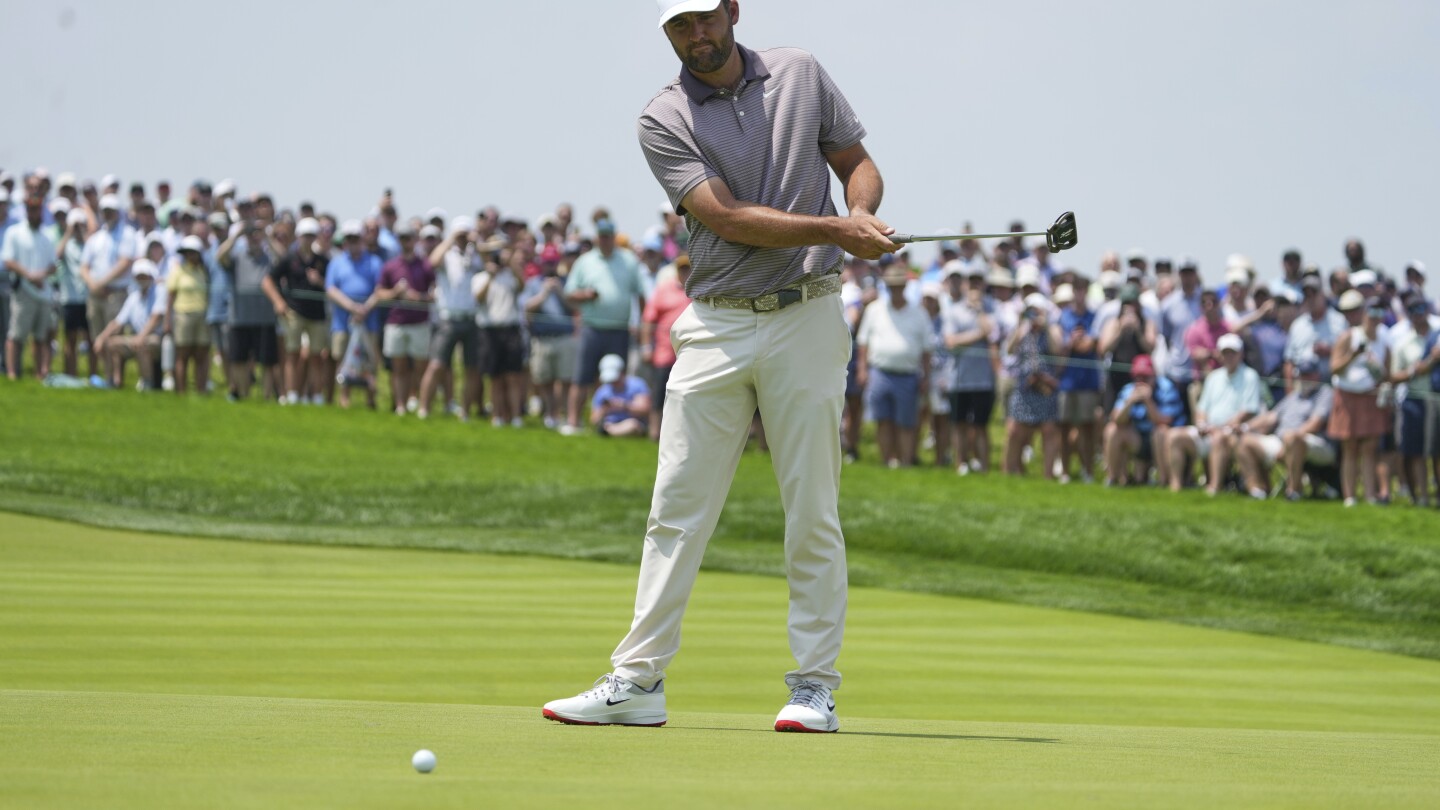Unlock stock picks and a broker-level newsfeed that powers Wall Street.
ELAINE KURTENBACH
4 min read
In This Article:
BANGKOK (AP) — Asian shares were mostly higher on Tuesday after U.S. stocks swayed higher as President Donald Trump’ s fast-approaching “ Liberation Day ” Wednesday sends stock markets swinging sharply worldwide.
Instead of stocks, prices have been rising for investments considered to be safer bets when the economy is looking shaky. Gold rose early Tuesday to $3,172.80 per ounce.
Tokyo’s Nikkei 225 edged just 0.1% higher to 35,663.86, as Prime Minister Shigeru Ishiba said he was imploring Trump to not impose higher auto tariffs on Japan, a longtime U.S. ally. A central bank survey found a worsening in business sentiment among big manufacturers.
In Hong Kong, the Hang Seng rose 1.1% to 23,363.96, while the Shanghai Composite index gained 0.6% to 3,355.31.
South Korea’s Kospi jumped 1.8% to 2,525.44, while the S&P/ASX 200 surged 1% to 7,919.50.
Taiwan’s Taiex shot up 2.6%, while the Sensex in India lost 0.2%. Bangkok’s SET advanced 1.1%.
On Monday, the S&P 500 rose 0.6% to 5,611.85. It finished March with a 4.6% loss for the first three months of the year, the worst quarter in two-and-a-half years.
The Dow Jones Industrial Average climbed 1% to 42,001.76, and the Nasdaq composite slipped 0.1% to 17,299.29, pulled lower by slides for Tesla, Nvidia and other Big Tech stocks.
Such neck-twisting turns have become routine for the U.S. stock market recently because of uncertainty about what Trump will do with tariffs — and by how much they will worsen inflation and grind down growth for economies. Wall Street’s swings followed a sell-off that spanned the world earlier Monday as worries built about the effects of the tariffs that Trump says will bring manufacturing jobs back to the United States.
Wednesday, the United States is set to begin what Trump calls “ reciprocal ” tariffs tailored to match what he sees is the burden each country places on his, including things like value-added taxes. Much is still unknown, including exactly what the U.S. government will do on “Liberation Day.”
At Goldman Sachs, economists expect Trump to announce an average 15% reciprocal tariff. They also raised their forecast for inflation and lowered it for U.S. economic growth for the end of the year.
They now see a 35% chance of recession in the next year, up from an earlier forecast of 20%, “reflecting our lower growth forecast, falling confidence, and statements from White House officials indicating willingness to tolerate economic pain,” according to Goldman Sachs economist David Mericle.
If the April 2 tariffs end up being less onerous than investors fear — maybe Trump includes no additional tariff increases on China, for example — stocks could rally. But a worst-case scenario could make businesses so fearful they start cutting their workforces and stocks could sink much further. And it’s possible April 2 won’t clear the uncertainty.





